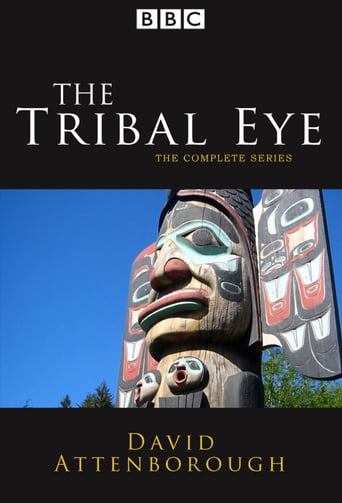TheLittleSongbird
As said many times, David Attenborough is a national treasure. He may apparently dislike the term, but it is hard to not say that about such a great presenter who has contributed significantly to some of the best programmes (of the documentary genre and overall).Sure, 'The Tribal Eye' may not be one of his best works. It may not be quite as visually stunning as his 1990s onwards work or as ground-breaking as 'Life on Earth' and one may not emotionally connect with it the way they do his nature documentaries with animals with all the mix of cute, fun, touching and frightening scenes. It is however really fascinating and wonderfully done, both informative and illuminating, and a must for anthropology and David Attenborough fans alike. 'The Tribal Eye' is something of a departure for Attenborough, especially if one is more familiar with his nature/animal documentaries, but having studied anthropology himself he is/was more than qualified to present it. All seven episodes are very good and more. While not perhaps cinematic, 'The Tribal Eye' is still beautifully and succinctly filmed with the fabulously atmospheric scenery and eye-catching artefacts being just as striking.Really liked the diversity of the music and how often it was like a character of its own and part of the cultures depicted. The information entertained, educated and transfixed.In terms of the facts there was a very good mix of the known ones and the unknown, some facts being familiar to us but most of it was unfamiliar to me which is what is meant by me being illuminated and educated by what was presented. The artefacts and anthropological and cultural aspects are presented in a way that's easy to understand and with love and awe of the subjects.Presenting by Attenborough helps significantly. He clearly knows his stuff and knows what to say and how to say it. He delivers it with his usual richness, soft-spoken enthusiasm and sincerity, never talking down to the viewer and keeping them riveted and wanting to know more. As hoped, what we're told is detailed, comprehensive and very honest.Overall, not one of Attenborough's crowning achievements but a must to see him in a departure series that he was nevertheless more than qualified to participate in. 9/10 Bethany Cox
